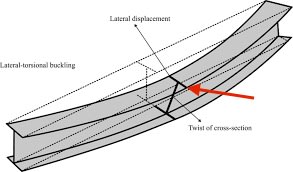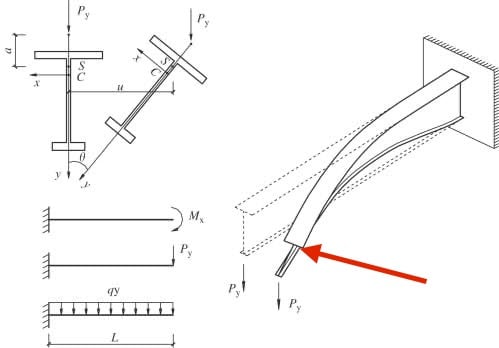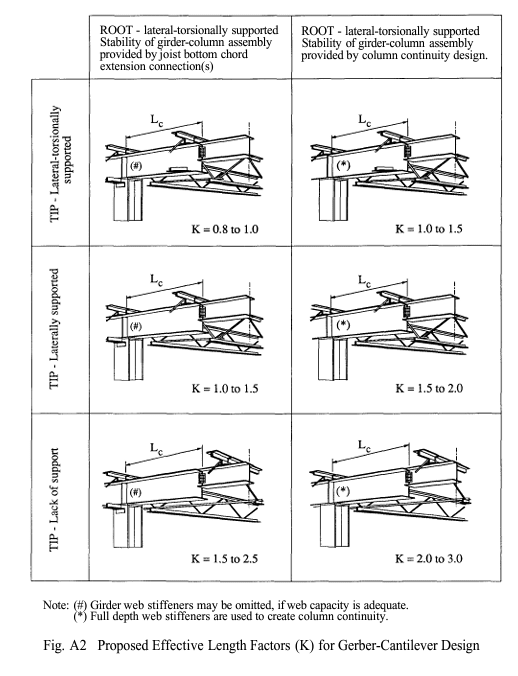SALTRAM4567777
Structural
In Cantilever beams, the tension flange is typically braced to prevent Lateral-Torsional Buckling (LTB), unlike Simply Supported (SS) beams where compressiom flange is braced to prevent LTB. LTB occurs when the conpression flange laterally deflects and whole section twists. How in Cantilever beams instability is achieved and why we should brace the tension flange.



